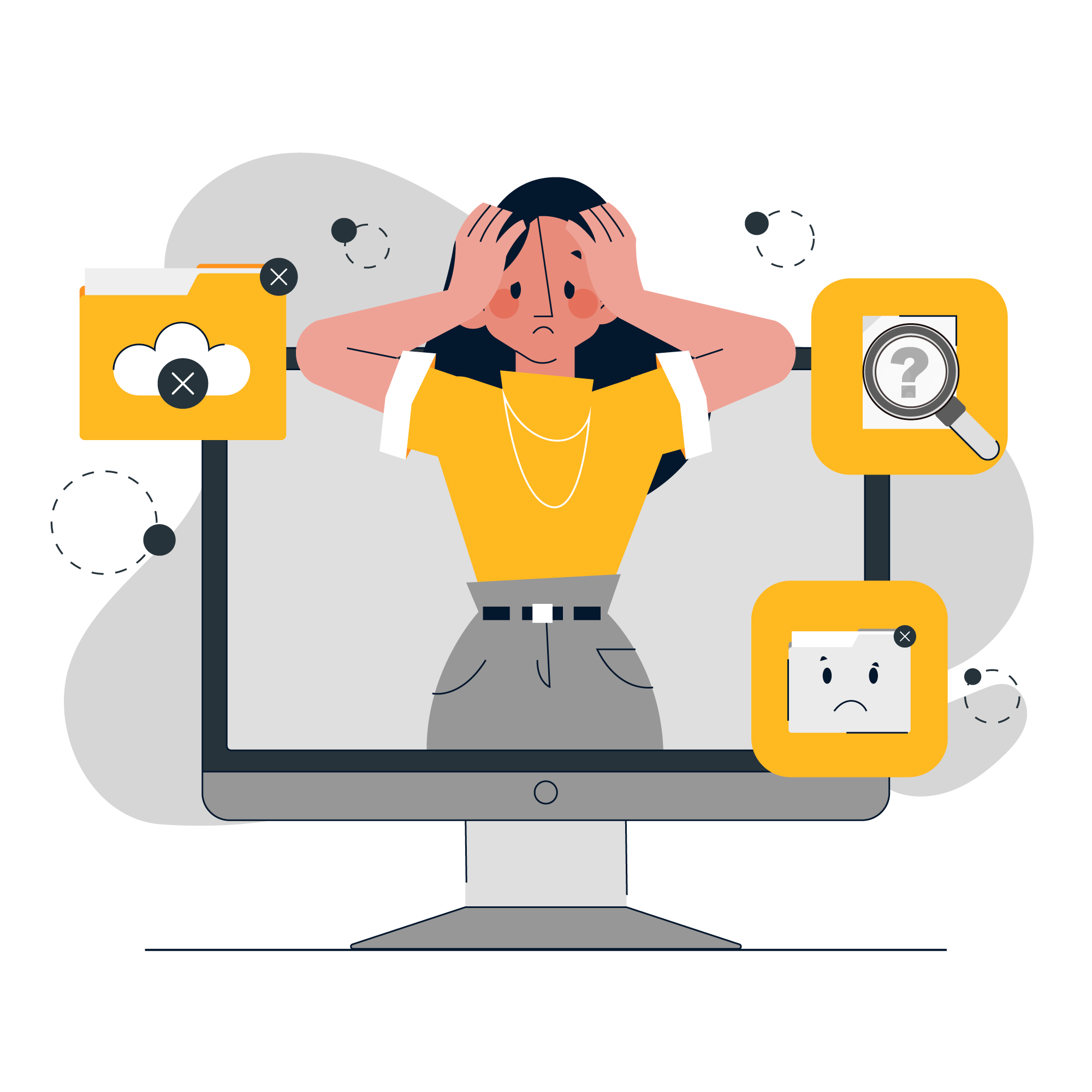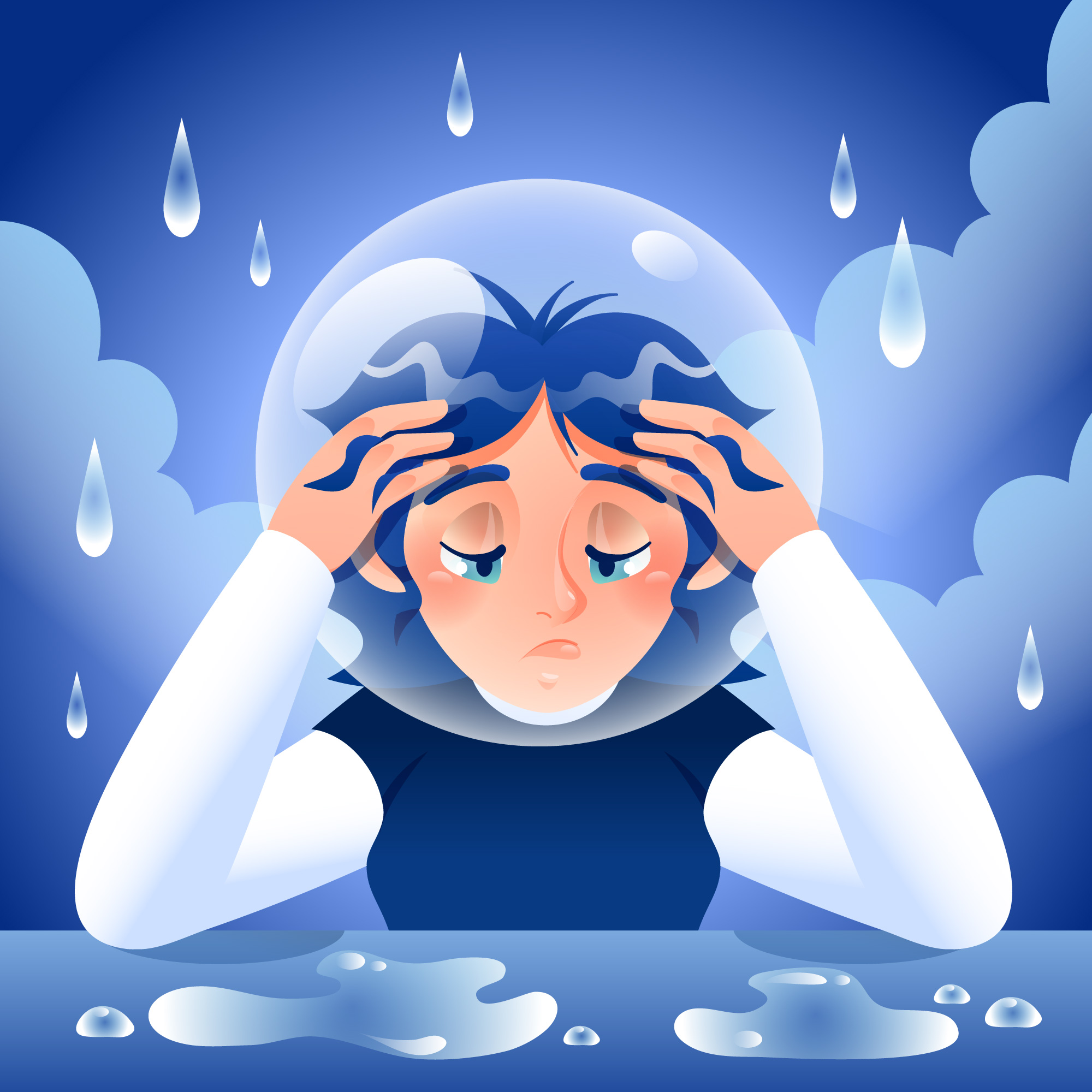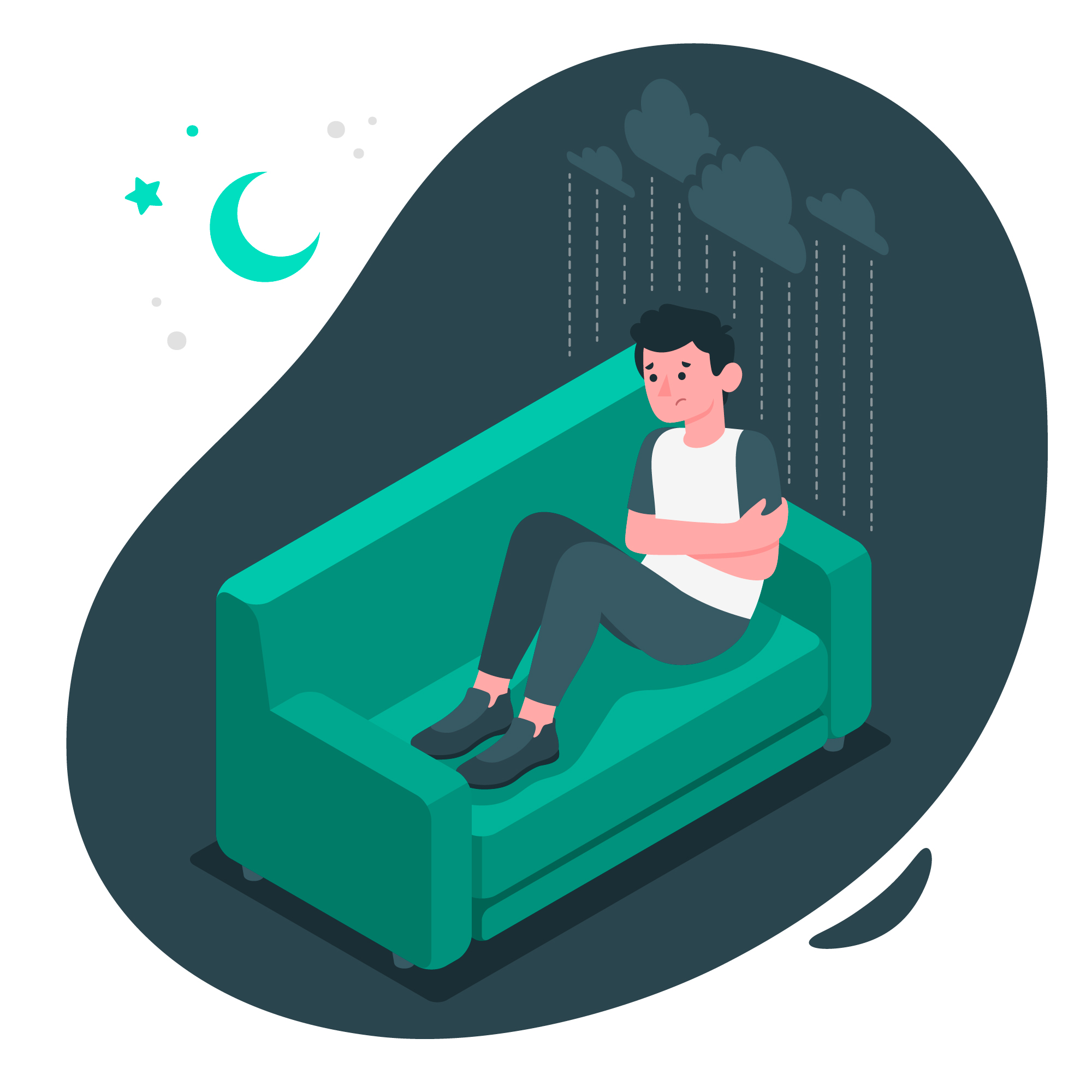Overview
Hemophobia, or the fear of blood, is a specific phobia characterized by an intense, irrational fear of blood. Individuals with hemophobia may experience severe anxiety, panic attacks, and avoidance behaviours when exposed to blood or situations involving blood. This condition can significantly impact daily life, leading to difficulties in medical settings, such as during blood tests or injuries.
Key Facts
- Prevalence: Globally, hemophobia affects approximately 3–4% of the general population. In India, studies have reported varying prevalence rates among different populations. A study conducted in Guntur, Andhra Pradesh, found that 21.31% of students exhibited signs of hemophobia.
- Gender Differences: Research indicates that hemophobia is more prevalent among females than males. In the Guntur study, female students exhibited a higher percentage of hemophobia compared to their male counterparts.
Symptoms and Patterns
Individuals with hemophobia may experience:
- Physical Symptoms: Rapid heartbeat, dizziness, sweating, trembling, and in severe cases, fainting upon exposure to blood.
- Psychological Symptoms: Intense feelings of dread, anxiety, and panic attacks when anticipating or encountering blood.
- Avoidance Behaviour: Deliberate efforts to avoid situations where blood might be present, such as medical procedures or certain occupations.
Risk and Protective Factors
Risk Factors:
- Genetic Predisposition: A family history of phobias or anxiety disorders can increase the risk.
- Traumatic Experiences: Past traumatic events involving blood, such as severe injuries or medical procedures, may trigger the development of hemophobia.
- Personality Traits: Individuals with heightened sensitivity to bodily sensations may be more susceptible.
Protective Factors:
- Supportive Environment: A nurturing family and social support system can help mitigate the development of phobias.
- Early Intervention: Prompt psychological support following traumatic events can prevent the onset of phobic reactions.
Treatment and Care
Effective management of hemophobia often involves:
- Cognitive Behavioural Therapy (CBT): A structured approach that helps individuals identify and modify negative thought patterns associated with their fear.
- Exposure Therapy: Gradual and controlled exposure to blood-related stimuli to desensitize the individual and reduce anxiety responses.
- Relaxation Techniques: Methods such as deep breathing, meditation, and progressive muscle relaxation to manage physiological symptoms of anxiety.
Psychological and Psychosocial Interventions
- Therapeutic Communication: Utilizing effective communication strategies to build trust and encourage individuals to confront their fears. A case study demonstrated the efficacy of therapeutic communication combined with cognitive-behavioral interventions in treating hemophobia.
- Support Groups: Engaging with others who have similar experiences can provide emotional support and coping strategies.
- Family Therapy: Involving family members in the treatment process to enhance understanding and support for the individual.
Conclusion
Hemophobia is a prevalent and impactful condition that can significantly affect an individual’s quality of life. In India, while specific prevalence data are limited, existing studies indicate a notable presence of hemophobia among certain populations. Early recognition and intervention are crucial in managing this phobia effectively. A combination of cognitive-behavioural therapies, exposure techniques, and supportive interventions can lead to substantial improvements in the well-being of individuals affected by hemophobia.











